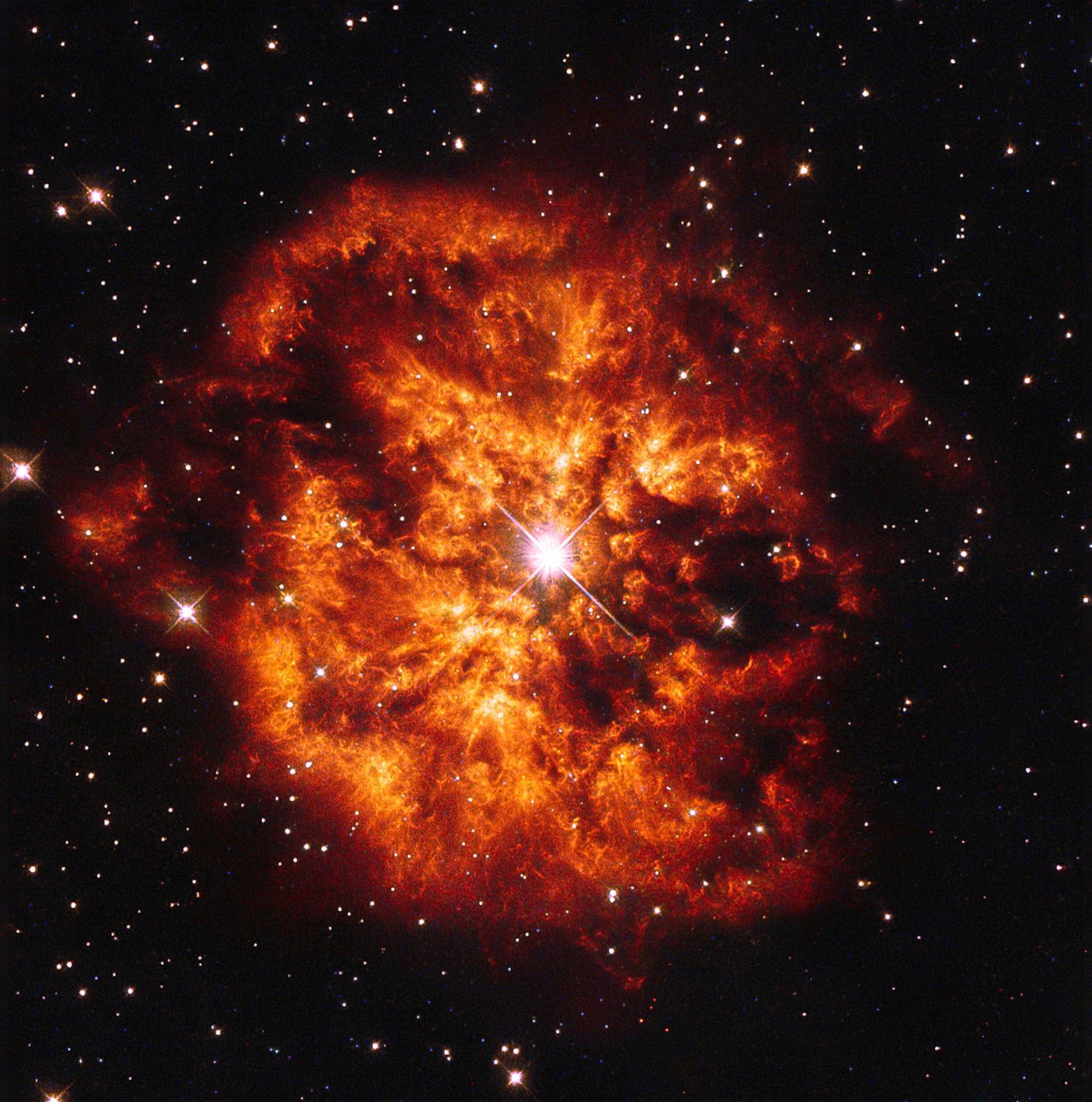

Among the most memorable is this edge-on mosaic of the Sombrero galaxy.With its relatively high brightness. Since the James Webb Space Telescope is further away - Hubble orbits Earth at around 570 km - it will be able to peer further into the past, capturing sights from approximately 13 billion years ago, including the birth of the universe's first stars and galaxies. Over its lifetime, NASA's Hubble Space Telescope has captured many stunning images. WASHINGTON: The Hubble Space Telescope is giving scientists a look at the oldest galaxies ever seen, dating back some 13.3 billion years providing a glimpse into how the cosmos must have. In a statement Saturday, NASA said engineers successfully switched the spacecraft to backup hardware, a process that started July 15 after a computer anomaly occurred June 13. The James Webb Space Telescope is set to take spectacular images, but there are still so many Hubble photos from this year to gawk over.Īstronomers plan to study images from both the James Webb and Hubble telescopes even after the former is fully in place 1.5 million km from Earth. The Hubble Space Telescope has returned to operational status after a nearly monthlong mysterious glitch put NASA scientists in a frenzy. This view shows heated and ionized gas and cosmic dust of the region. Since its launch, it has managed to complete over 1.4 million. The space telescope was launched back in 1990. At this writing, broadcasts of the launch are. This image from the Hubble Space Telescope shows a small area of the Veil Nebula, also known as the Witch's Broom Nebula. NASA recently celebrated 32 years of Hubble observations.
#Hubble telescope images update
The Hubble Space Telescope produced some jaw-dropping images of swirling galaxies, shining star clusters, and nebulae that channel the spirit of Thor's colorful bifrost bridge this year. UPDATE DECEMBER 25, 2021: The James Webb Space Telescope launched successfully via an Ariane 5 rocket this morning at 7:20 EST (12:20 UTC ). While the powerful James Webb Space Telescope was stealing the spotlight this year by beginning its journey into deep space to take extremely detailed photos, its predecessor was still going strong.


 0 kommentar(er)
0 kommentar(er)
